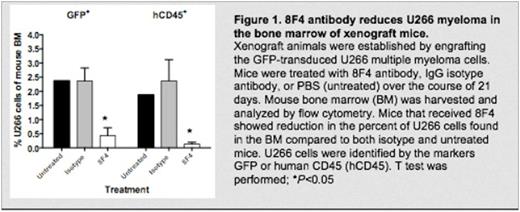Abstract
Introduction
Multiple myeloma (MM) remains incurable and accounts for 20% of deaths from hematologic malignancies. Immune modulating drugs and immunotherapy have been shown to be beneficial in MM patients, highlighting the importance of the immune system in MM. The success of these interventions relies on the unique ability of the immune system to specifically distinguish between MM and normal cells. One example involves the use of cytotoxic T-lymphocytes (CTL) that eliminate cancer cells by recognizing tumor specific antigens (TSA) that are presented on human leukocyte antigen (HLA) class I molecules on the tumor cells. TSA are presented on HLA class I via the canonical antigen-processing pathway, which causes the tumor cells to become targets for killing by CTL. On the other hand, exogenous antigens are typically presented on HLA class II molecules. Through cross-presentation, exogenous antigens are taken up and presented on HLA class I molecules. We have recently identified cross-presentation as a mechanism by which tumor cells, including MM, present exogenous antigens, leading to an expanded repertoire of possible tumor antigens that can be targeted. Here we demonstrate that targeting cross-presented antigens is a feasible immunotherapeutic strategy in MM. To this end, we used the anti-PR1/HLA-A2 antibody, 8F4, which effectively eliminates PR1/HLA-A2-expressing tumor cells, and identified novel cross-presented antigens.
Experimental design
NSG mice were sublethally irradiated with 200 Rad. After 24 hours, 2x106 U266 cells transduced with luciferase/GFP were IV injected. Engraftment was confirmed by measuring human IgE in the mouse serum by ELISA and bioluminescent imaging (BLI). Mice were treated with 8F4 (10 mg/kg), IgG isotype control (10 mg/kg) or PBS. Mice were sacrificed on week 9, bone marrow was harvested and analyzed by flow cytometry.
To identify novel cross-presented antigens, polymorphonuclear cells (PMN) were isolated from HLA-A2- healthy donors. PMN were lysed and cultured with U266 cells for 24 hours at a 2:1 PMN:U266 cell ratio. U266 cells were lysed, incubated with anti-HLA-ABC antibody and protein-A/G-sepharose beads. Immunoprecipitated proteins were recovered by mild acid elution and peptides were discovered using tandem mass spectrometry. HLA-A2 specific peptides with strong predicted in silico binding were analyzed using the HLArestrictor 1.2 algorithm.
Antigen processing machinery (APM) of primary patient samples were analyzed using western blots.
Results
8F4 treated mice showed a 2 fold decrease in the percent of U266 in the bone marrow compared to isotype and untreated mice (P<0.05) (Figure 1). ELISA demonstrated approximately a 3-fold decrease in human IgE ng/mL in serum of mice treated with 8F4 (P<0.001). BLI quantification showed approximately a 0.5 fold decrease in total flux (p/s) in mice treated with 8F4 compared to isotype and untreated mice. In addition to illustrating the therapeutic potential of targeting PR1, we also sought to identify other cross-presented MM peptides. Initially, over 4x103 total peptides were discovered by mass spectrometry (Figure 2). Using our reality score indexing and bioinformatics we identified approximately 5x102 unique, high confidence, cross-presented peptides. Our top candidate peptides have predicted HLA-A2 binding affinities of <18 nM, ion scores >21, retention time >30.42 minutes, and are rank 1 for their spectral matches. Since we have demonstrated the capability of MM to cross-present antigens, we investigated whether the APM was dysregulated in MM patients. Patients show dysregulation in tapasin, LMP2/7, and calnexin by western blot analysis.
Conclusion
Collectively, our data demonstrate that the MM antigen repertoire is much larger than previously appreciated, and that there is a new catalogue of potential immunotherapeutic targets in MM derived from exogenous antigens.
Sergeeva:Astellas Pharma: Patents & Royalties. Molldrem:Astellas Pharma: Patents & Royalties.
Author notes
Asterisk with author names denotes non-ASH members.



